At 4:00 p.m. on October 9, 1954, the last colonial soldiers withdrew across Long Bien bridge, and our army and people completely controlled the city.
On October 10, 1954, tens of thousands of Hanoi people burst into joy to welcome the victorious army returning, liberating the capital.
October 10 has become the symbol of the Capital's "song of triumph." This is a major historical event, marking the victorious end of the arduous, sacrificial but heroic and glorious resistance war against the French of the people of the Capital in particular and the whole country in general.
Perseverance and bravery in resistance
With its particularly important position, the history of Thang Long-Hanoi is always closely linked to the history of the nation, built and protected with the sweat and blood of the entire people.
Through the ups and downs of history, facing many enemies, that land refused to submit, unanimously "rose up" to fight and win. That heroic land has molded and formed the culture of Hanoi people.
Since the mid-19th century, Hanoi has stood up with the whole country against the French colonialists.
For nearly a century, under the oppression and exploitation of the feudal colonial regime, Hanoi was both the cradle and witness of many patriotic and revolutionary movements.
The first organization of the Revolutionary Youth Association, the first Communist Party cell was established in Hanoi.
Many revolutionary movements and uprisings started in Hanoi.
On August 19, 1945, the August Revolution achieved complete victory in Hanoi, quickly spreading everywhere, encouraging and strongly motivating people across the country to rise up and seize power.
On September 2, 1945, at Ba Dinh Square, President Ho Chi Minh read the Declaration of Independence, giving birth to the Democratic Republic of Vietnam, opening a new era - the era of independence, freedom and socialism in our country.
However, less than a month after the Democratic Republic of Vietnam was born, the French colonialists, with the ambition to invade our country once again, provoked and launched a war throughout the country.
Responding to President Ho Chi Minh's call "Rather sacrifice everything than lose the country, never become slaves," Hanoi "Determined to die so that the Fatherland can live."
The army and people of Hanoi fought very resiliently and bravely, turning every street corner and every house into a fortress, every citizen into a soldier, holding out and fighting the enemy for 60 days and nights of fire and smoke.
Many suicide squads were established, the "Capital Regiment" was born. Thousands of sons of Inter-zone 1 fought bravely, many fell to protect the Capital, to hold back and wear down the enemy's strength, creating conditions for the resistance forces to retreat safely to their bases, successfully completing the tasks assigned by the Central Committee.
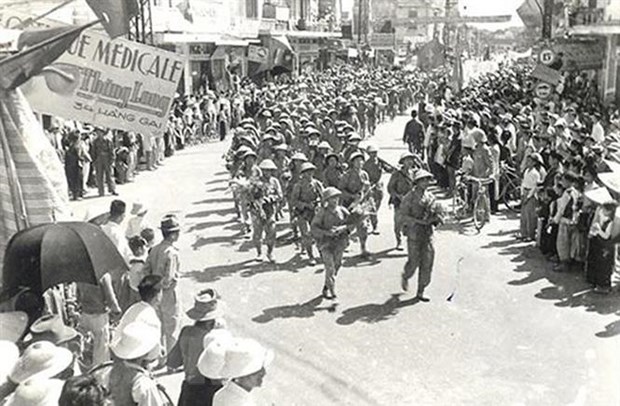
The victory at the Hanoi Front had an important effect of encouraging the spirit and morale of the army and people on the battlefields nationwide and creating favorable conditions for the whole country to proactively enter the resistance war against the French colonialists. This was also the first victory, opening the way for victories in the long-term resistance war against the French colonialists of our army and people later.
Nine years later, the army and people of Hanoi, together with the people of the whole country, fought tenaciously, intelligently, courageously, and creatively on all fronts and in all fields; especially the victory in the decisive strategic battle at Dien Bien Phu in 1954, forcing the French colonialists to sign the Geneva Agreement (July 20, 1954) recognizing the independence, sovereignty, and territorial integrity of the three countries of Vietnam, Laos, and Cambodia and to withdraw their troops from Northern Vietnam.
On July 20, 1954, the Geneva Conference ended, meaning that the French colonialists had to withdraw all troops from Indochina.
Despite this, Hanoi remained in the French military assembly area for 80 days.
Taking advantage of this time, the French army actively organized activities to sabotage the capital in all aspects.
Faced with the new situation, the Hanoi Party Committee and government relied on the people, leading the people of the capital to unite and fight for the implementation of the Agreement, protect the city, protect enterprises, offices, people's lives and property, protect the rights of workers and civil servants, and fight against enemy sabotage; at the same time, step up the development of revolutionary forces in the city, coordinate with forces returning from the war zone to take over the capital.
Faced with the fighting strength of the army and people of Hanoi, at the end of September 1954, the French occupation command agreed to withdraw from the city on time.
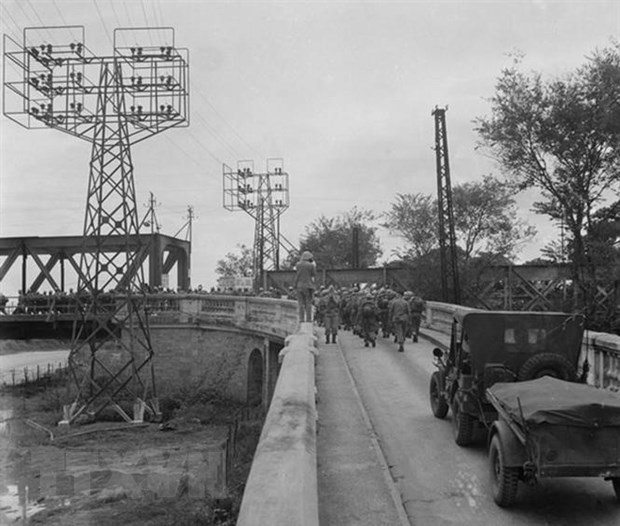
On October 8, 1954, our Military Reception Committee deployed in 6 inner-city areas and Gia Lam district, receiving and handing over military agencies and positions.
Our troops entered De La Thanh, Vinh Tuy, Nga Tu So, Cau Giay, Nhat Tan and arranged guards with French soldiers at necessary positions.
Factory militia and many workers came to guard and protect their factories and enterprises.
On the streets, red flags with yellow stars, welcome gates and slogans appeared, welcoming the soldiers and revolutionary government back to the capital.
Wherever the enemy retreated, we took over. At exactly 4:00 p.m. on October 9, 1954, the last French colonial soldiers withdrew across Long Bien Bridge, and our army and people completely controlled the city.
Victory Day
On the morning of October 10, 1954, Division 308 , led by the Capital Regiment, entered Hanoi's inner city.
From early morning, the people of the capital were jubilant, carrying flags, flowers, and pictures of Uncle Ho to all the streets to welcome the troops marching to take over the capital.
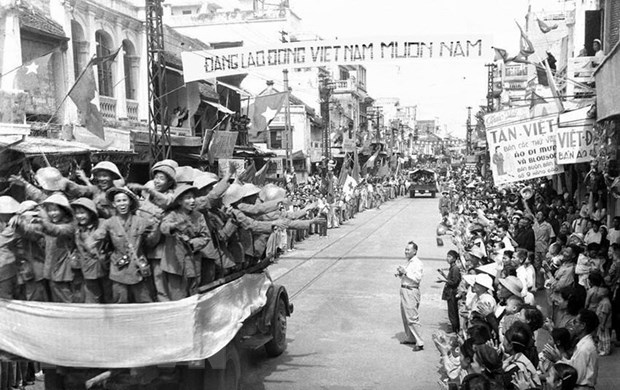
At exactly 8:00 a.m., the Western army set off from Quan Ngua (now Hanoi Sports Palace, Quan Ngua Street). They were infantrymen of the Capital Regiment, wearing the badge "Dien Bien Phu Soldier" on their chests, returning to their hometown - the birthplace of the Regiment.
The group passed through Kim Ma, Nguyen Thai Hoc, Cua Nam, Hang Bong, Hang Dao, Hang Ngang... and entered Cua Dong at 9:45.
At about 8:45 a.m., the southern troops of the 88th and 36th Regiments departed from the Vietnam Academy (now part of the University of Technology) passing through Bach Mai, Hue Street, around Hoan Kiem Lake, then turned back to station in the Thuy Station area (now the 108 Military Hospital) and the Exhibition Area (now the Friendship Cultural Palace).
The Command Group took over, including mechanized and artillery troops, led by Chairman of the Military Commission Vuong Thua Vu and Vice Chairman Tran Duy Hung, at 9:30 a.m. from Bach Mai airport to Nga Tu Vong, then Trung Hien, then along Bach Mai street to Hue street, Hang Bai, Dong Xuan, and into Cua Bac.
Wherever our army units went, the face of the city changed.
The national flag fluttered in the autumn sun. People rushed out onto both sides of the street, waving flags, throwing hats, cheering, singing, and giving flowers to the soldiers.
Welcome gates, banners, and slogans light up the streets, and red flags with yellow stars flutter above house numbers.
At 3 p.m., the siren on the roof of the City Theater blew a long blast. Hundreds of thousands of Hanoians attended the flag-raising ceremony organized by the Military Commission at the Flagpole Stadium with the participation of military units.
After the flag-raising ceremony, Chairman of the Military Commission Vuong Thua Vu respectfully read President Ho Chi Minh's Appeal to the people of the Capital on Liberation Day.
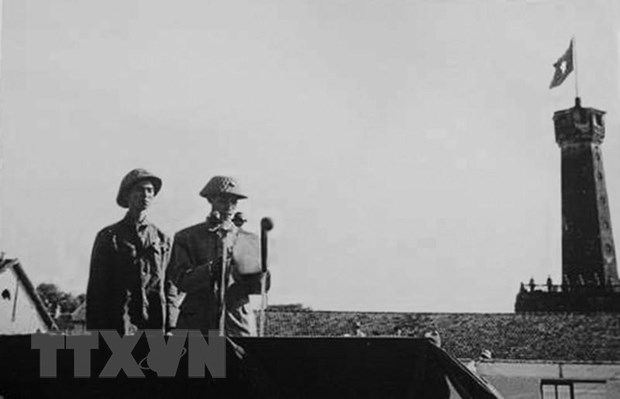
In the Appeal, Uncle Ho wrote: "For the past eight years, the Government has had to leave the Capital to fight for national salvation. Although we are far apart, the Government's heart is always close to the people. Today, thanks to the unity of our people, our army's heroic fight, peace has been achieved, and the Government has returned to the Capital with the people. Thousands of miles away, one home, the joy is indescribable!"
President Ho Chi Minh believed that after a great change, restoring normal life would be complicated and difficult.
But Uncle Ho also affirmed: "If the Government is determined and all the people of Hanoi are united in contributing to the Government, we will definitely overcome all difficulties and achieve the common goal: Making Hanoi a peaceful, joyful and prosperous capital."
Everyone was moved to tears. October 10, 1954 was an unforgettable day!
The takeover of the Capital was successfully completed under the close leadership of the Party Central Committee; the Party Committee taking over had a well-prepared plan; and the cadres in charge of the takeover maintained strict discipline.
We have taken over absolutely safely and completely captured all the enemy's military positions in Hanoi, including Bach Mai Airport, Gia Lam Airport...
People's daily life remains normal without interruption. Public utilities such as electricity, water... are still operating normally.
Medical, cultural and educational facilities remain open. Traffic within the city and between Hanoi and the provinces remains stable and smooth...
Immediately after taking over the capital, the Hanoi Party Committee and government led the people to quickly stabilize the situation and begin restoring and renovating the city.
Just over a month after liberation, the city adopted a plan to restore industry and commerce, and a year later completed land reform, a fundamental strategic task of the national democratic revolution...
Every time we celebrate the Capital Liberation Day, listening to the song "Marching to Hanoi" by musician Van Cao, the lyrics "We bring back the glory and strength of the nation" make the listener feel more deeply.
That "national strength" is the strength of patriotism, of the will to fight and win, of the will to "die for the survival of the Fatherland" as a monument of patriotism and the spirit of Hanoi people.
That is perhaps the most fundamental and comprehensive historical meaning in the struggle in which we won and returned in endless glory.
The spirit of the day of taking over the Capital did not stop at October 10, 1954, but was multiplied and continued forever.
Since then, despite many ups and downs, Hanoi has still risen strongly to always be worthy of its role as the Capital - a major center of administration, politics, economy and culture of the whole country./.
Diep Ninh (Vietnam+)
Source


![[Photo] Special relics at the Vietnam Military History Museum associated with the heroic April 30th](https://vstatic.vietnam.vn/vietnam/resource/IMAGE/2025/4/3/a49d65b17b804e398de42bc2caba8368)
![[Photo] Comrade Khamtay Siphandone - a leader who contributed to fostering Vietnam-Laos relations](https://vstatic.vietnam.vn/vietnam/resource/IMAGE/2025/4/3/3d83ed2d26e2426fabd41862661dfff2)
![[Photo] Prime Minister Pham Minh Chinh receives Deputy Prime Minister of the Republic of Belarus Anatoly Sivak](https://vstatic.vietnam.vn/vietnam/resource/IMAGE/2025/4/2/79cdb685820a45868602e2fa576977a0)
![[Photo] Prime Minister Pham Minh Chinh receives CEO of Standard Chartered Group](https://vstatic.vietnam.vn/vietnam/resource/IMAGE/2025/4/2/125507ba412d4ebfb091fa7ddb936b3b)
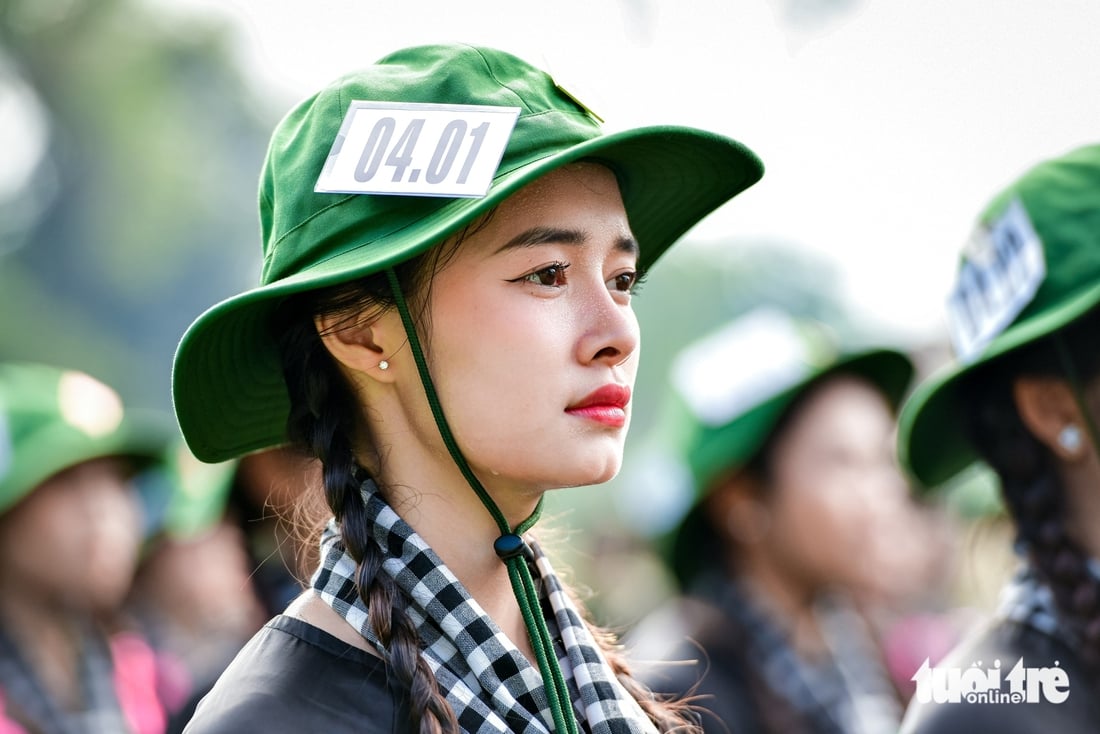








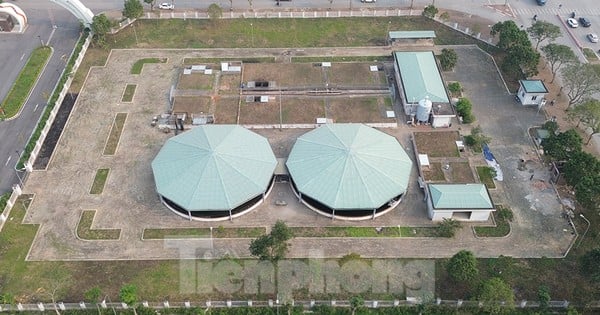


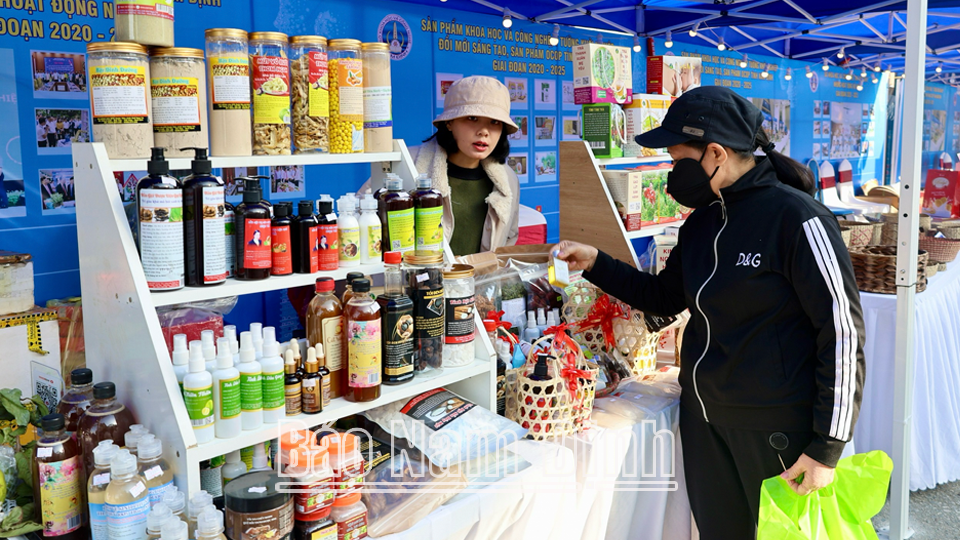
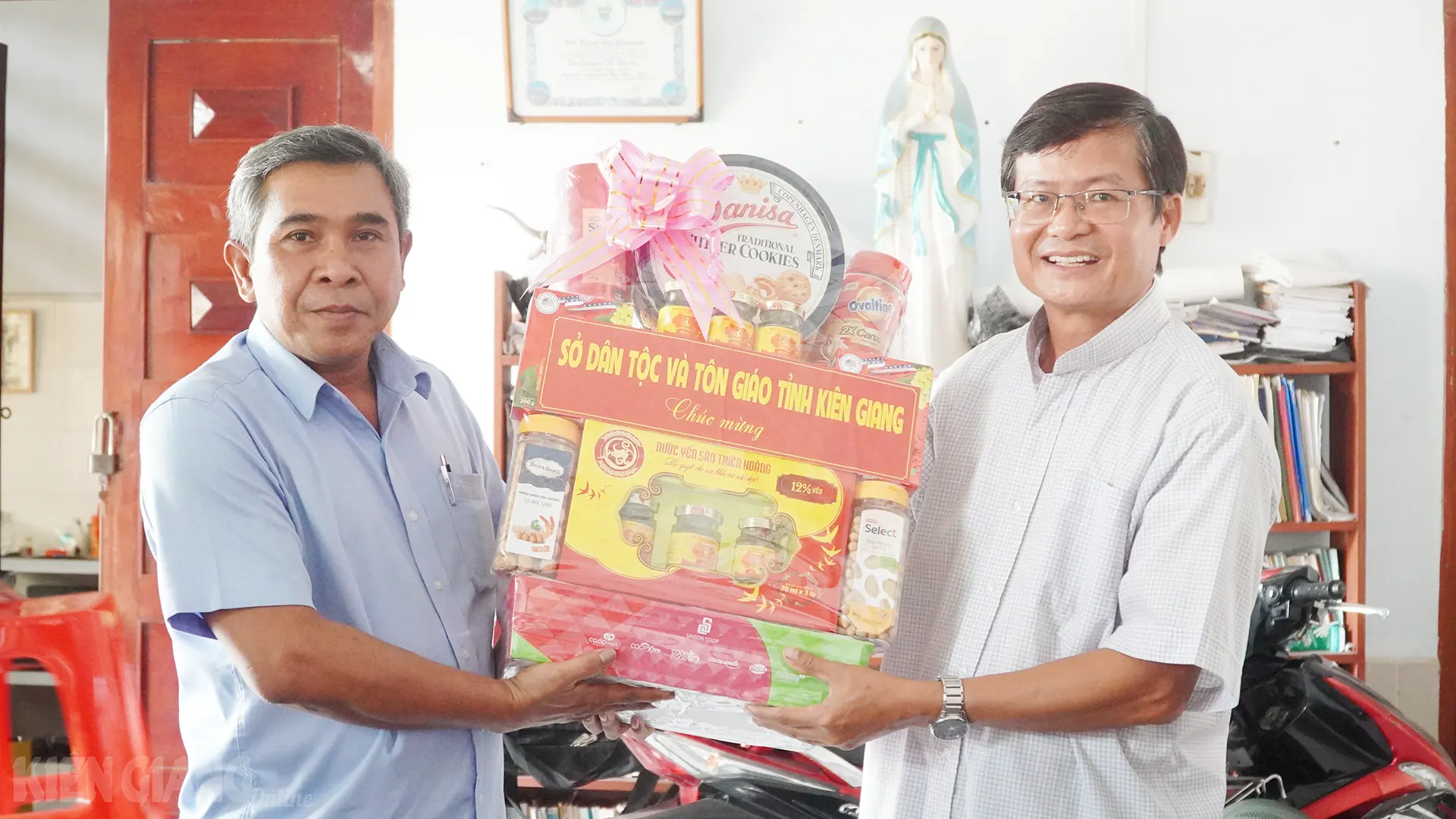
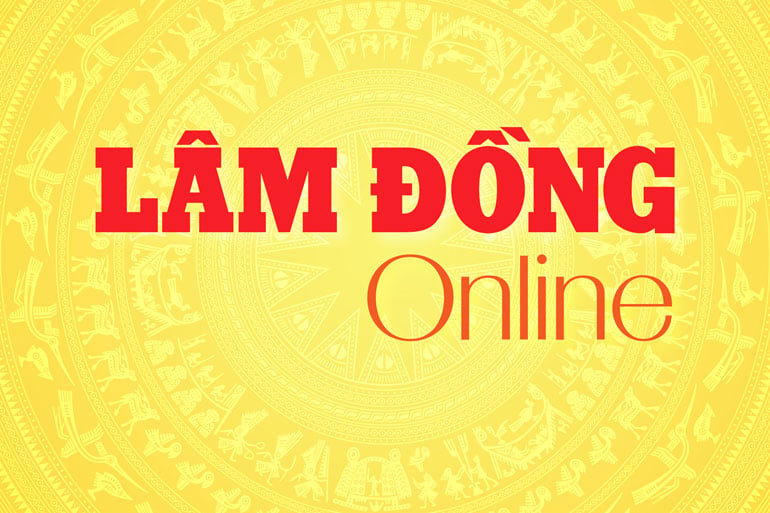
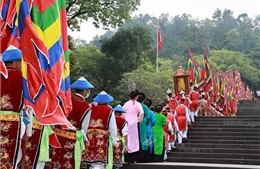
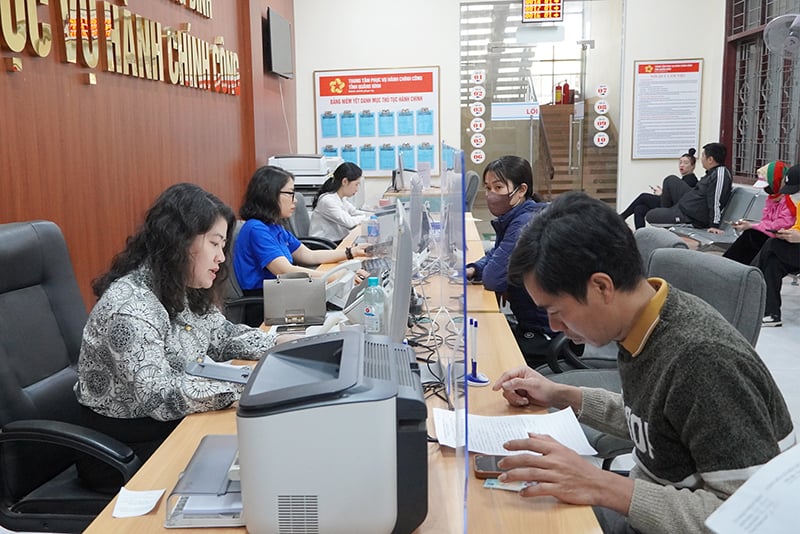





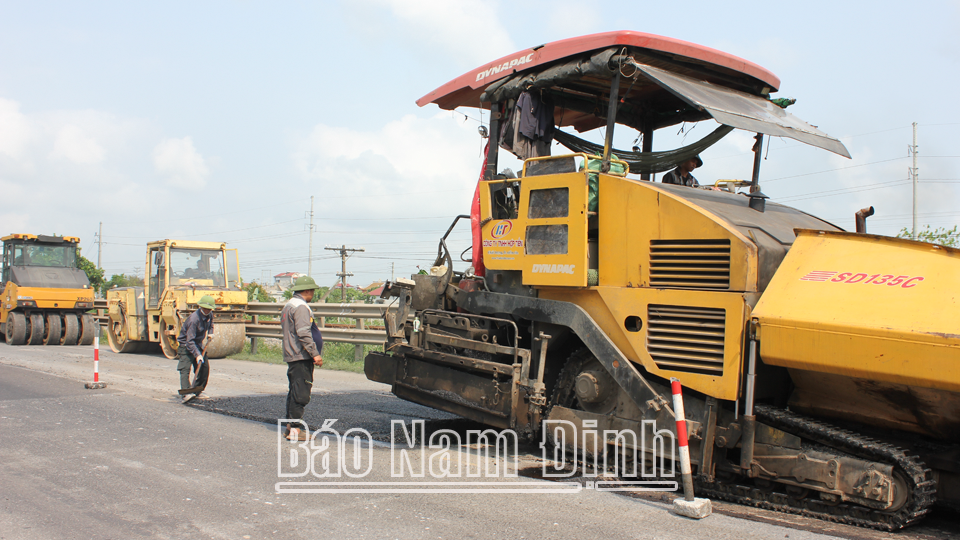

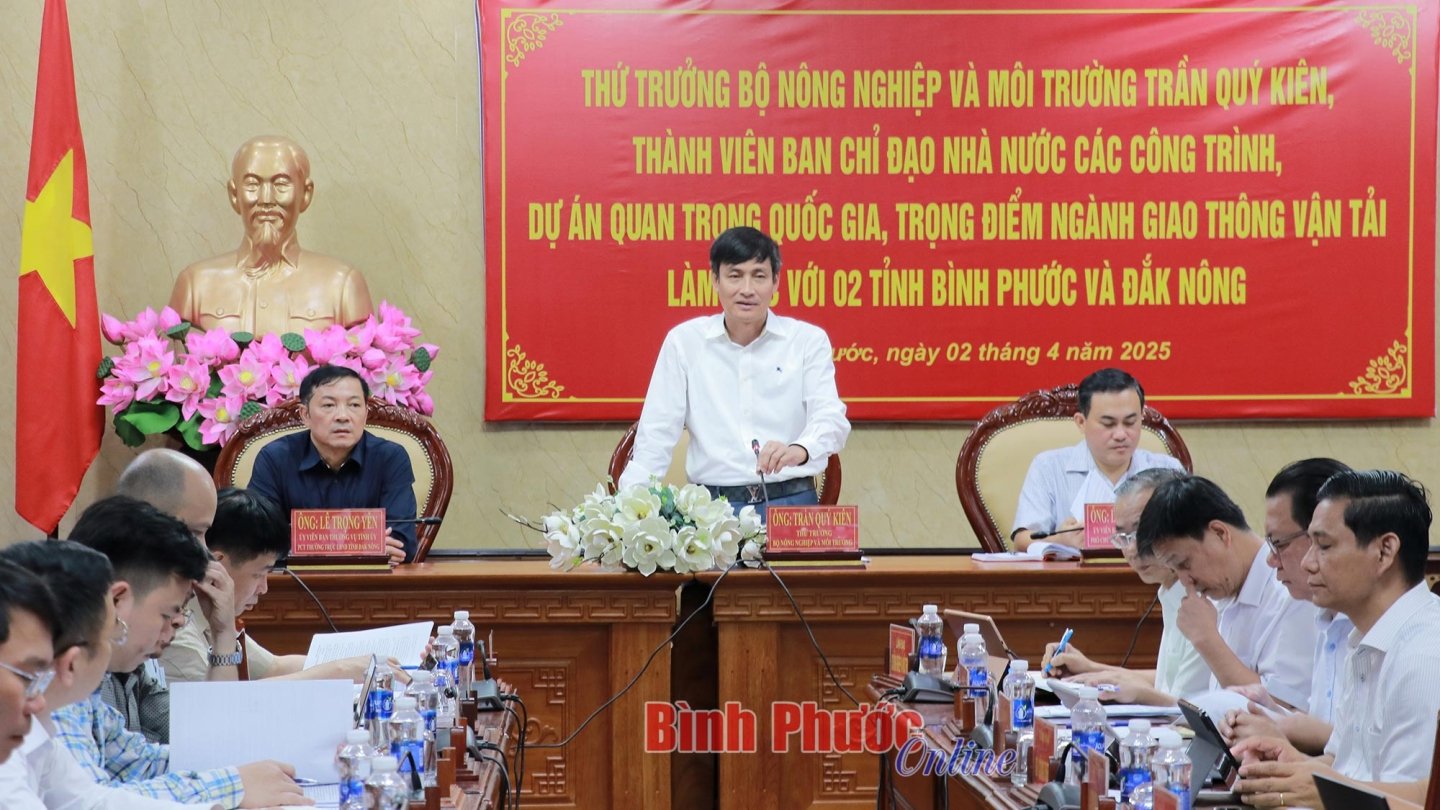
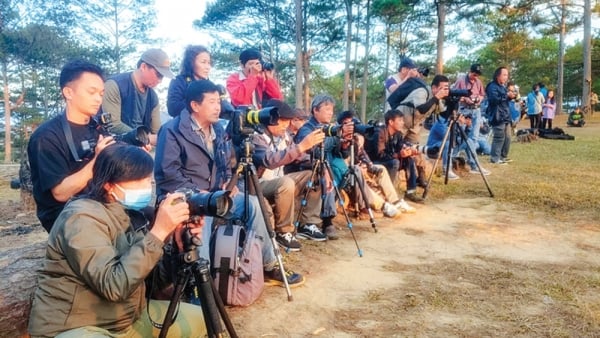

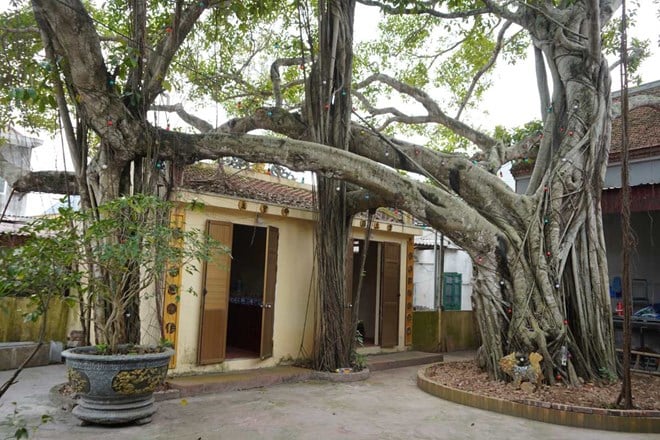

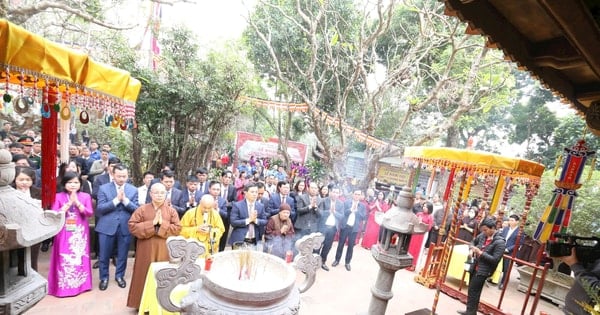







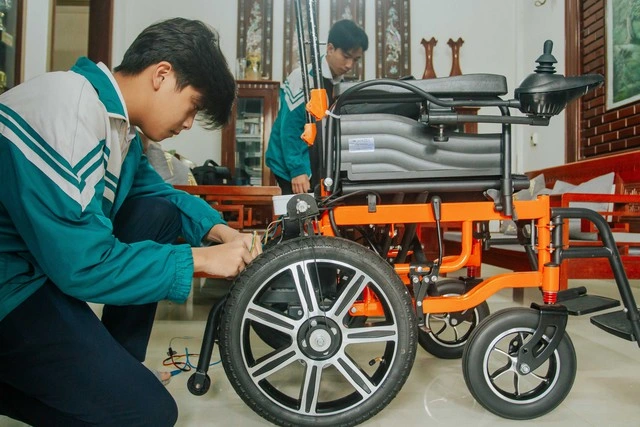

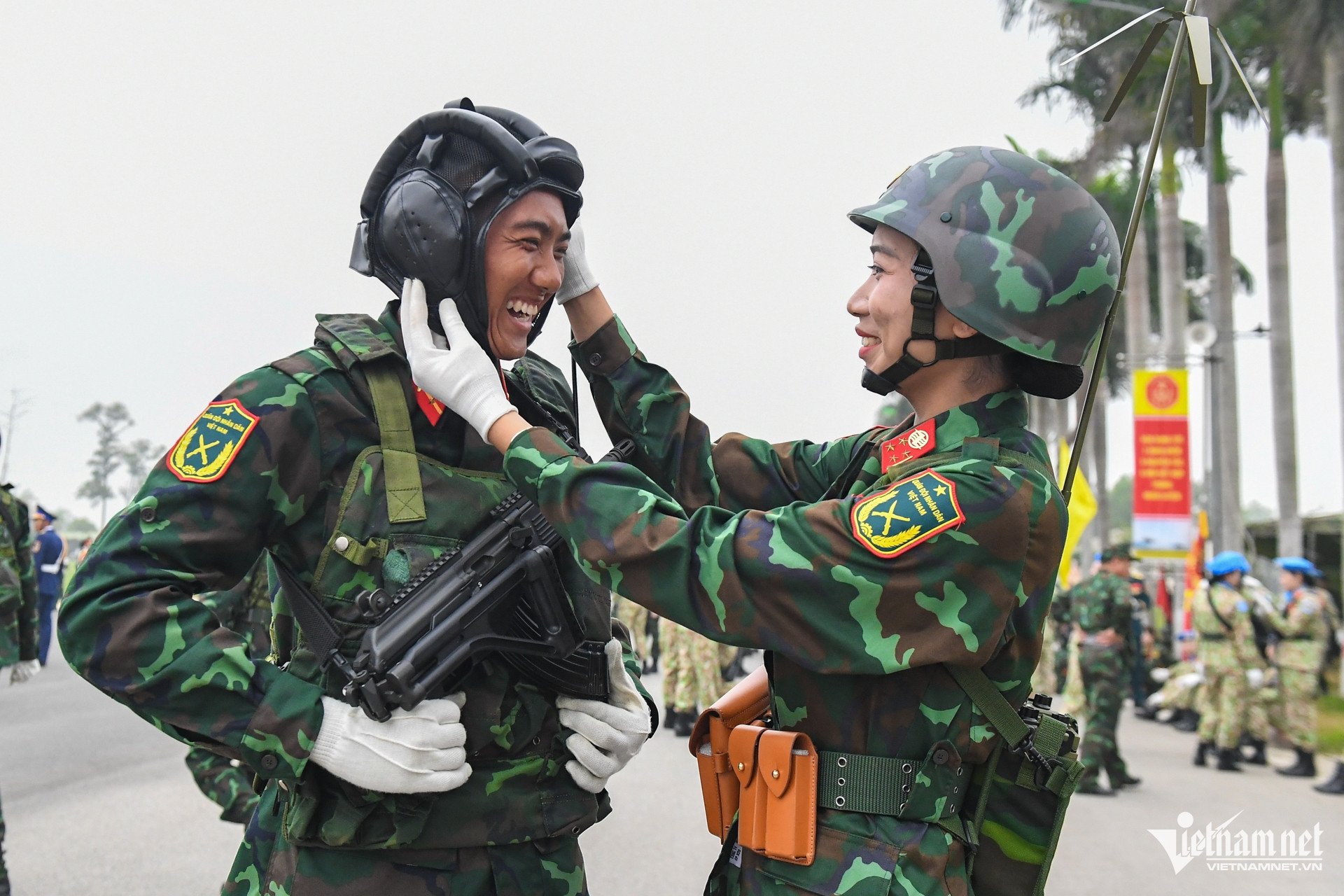
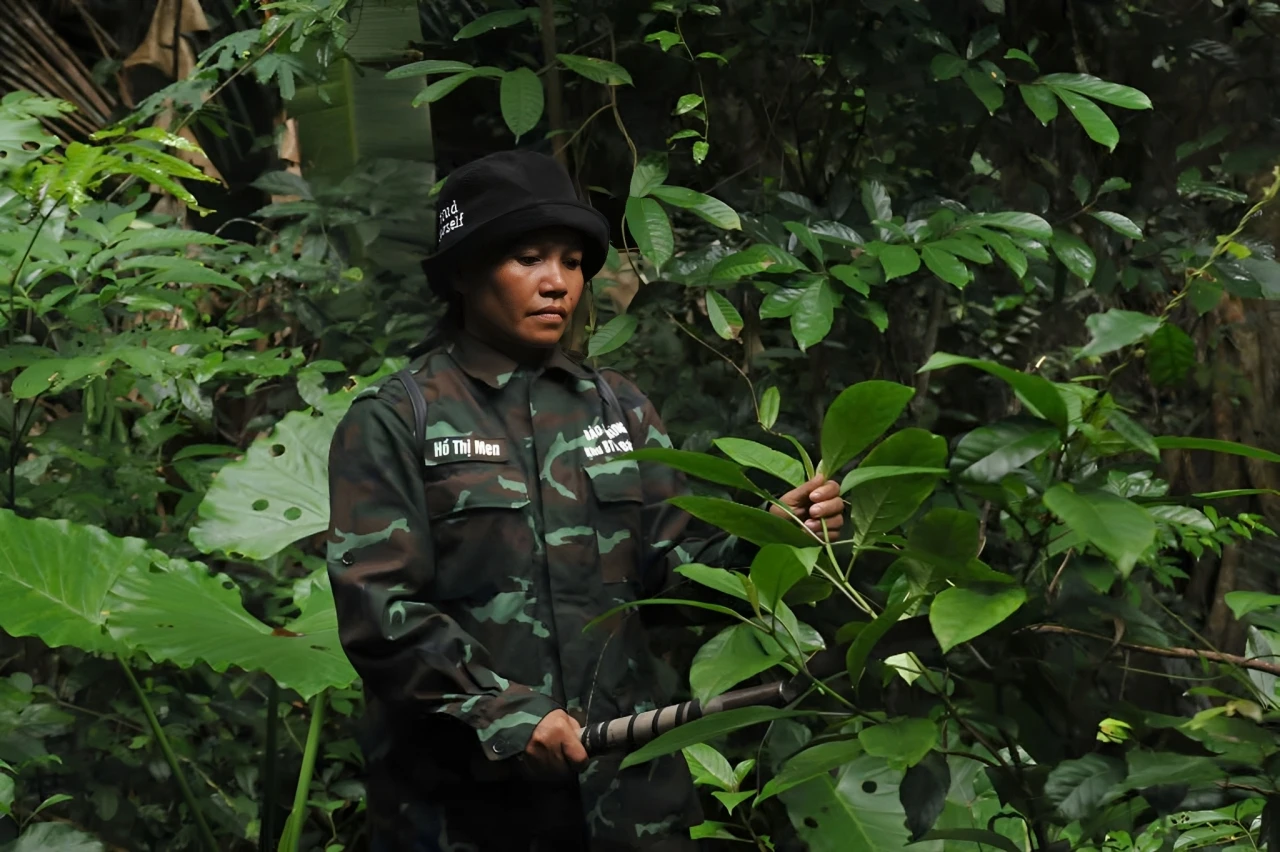
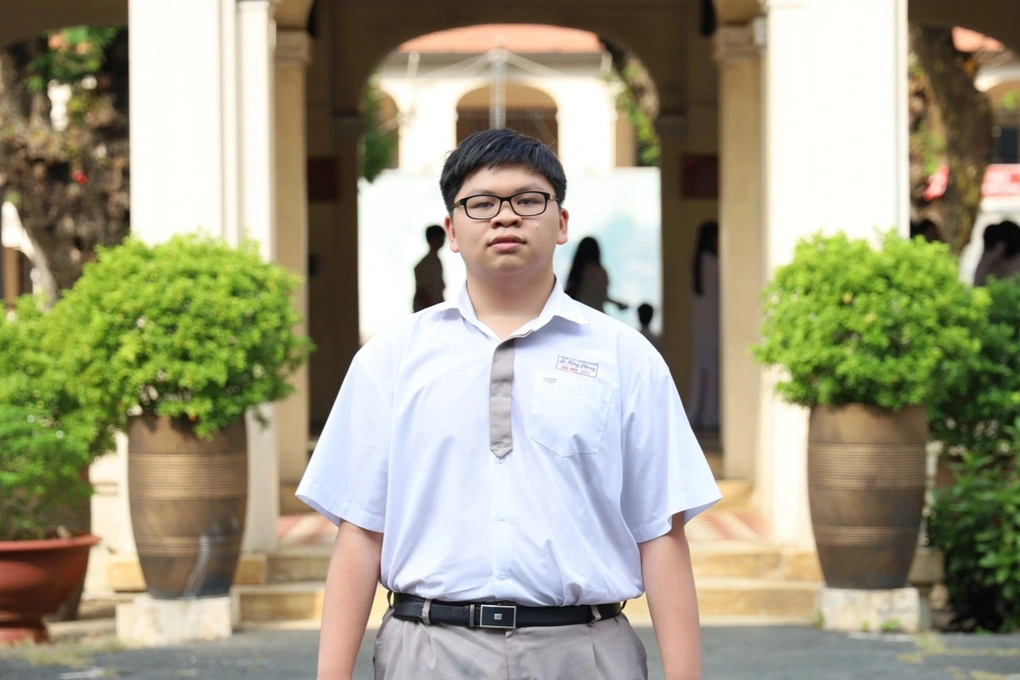











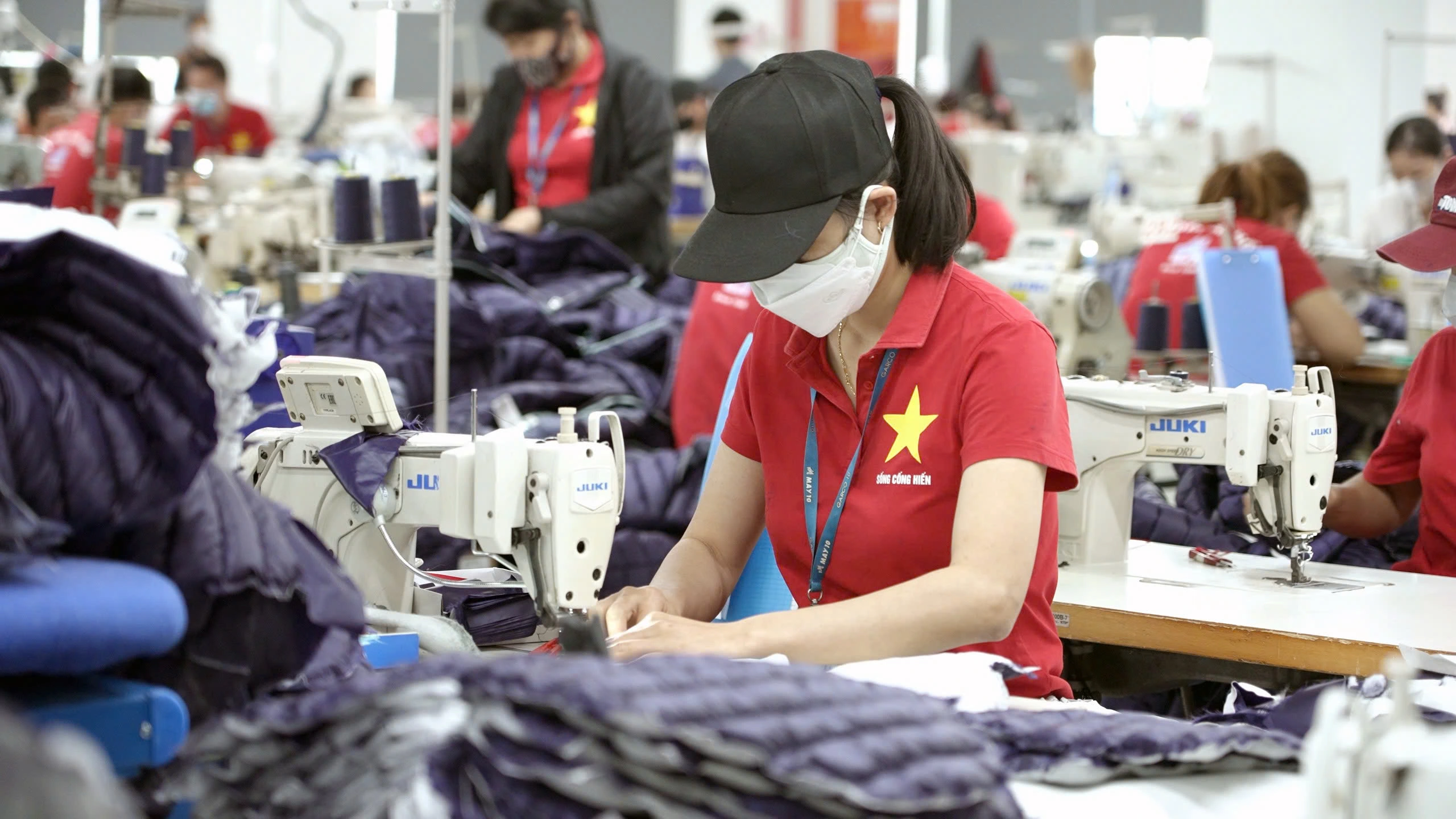


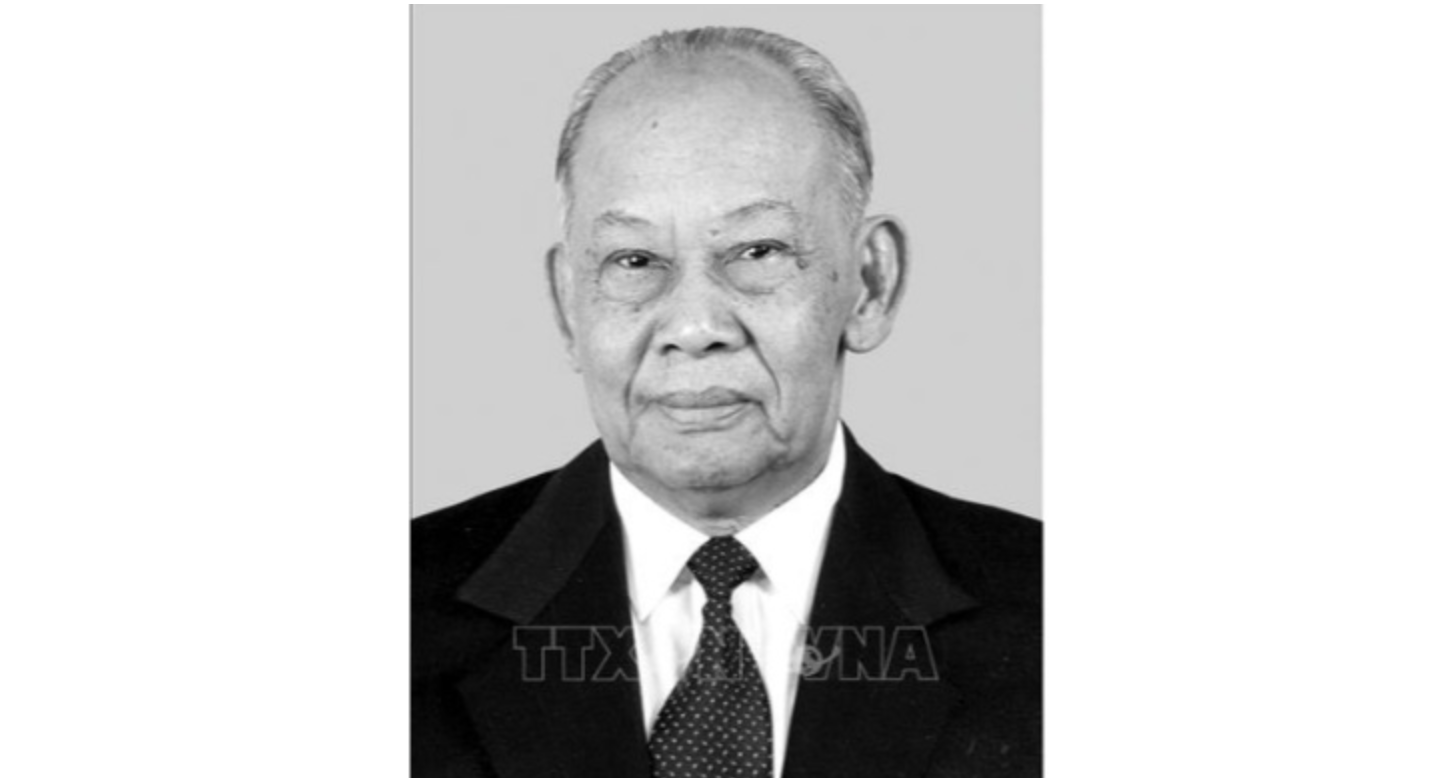

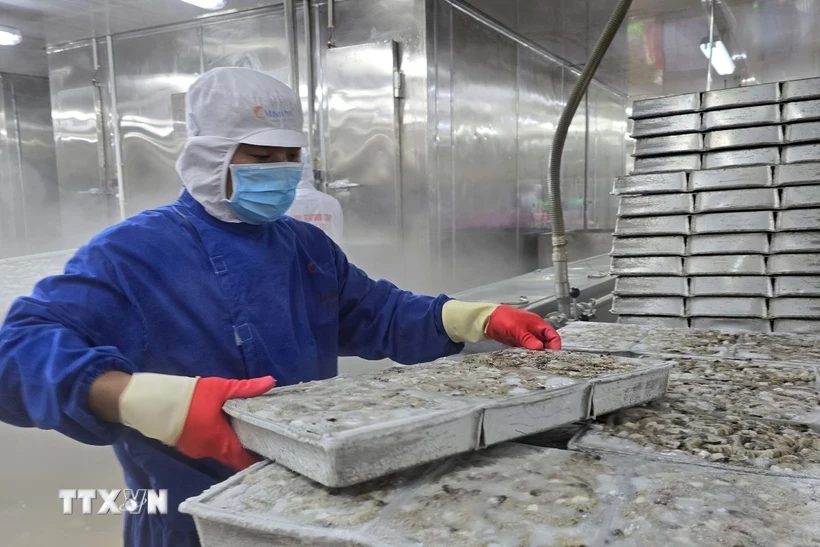
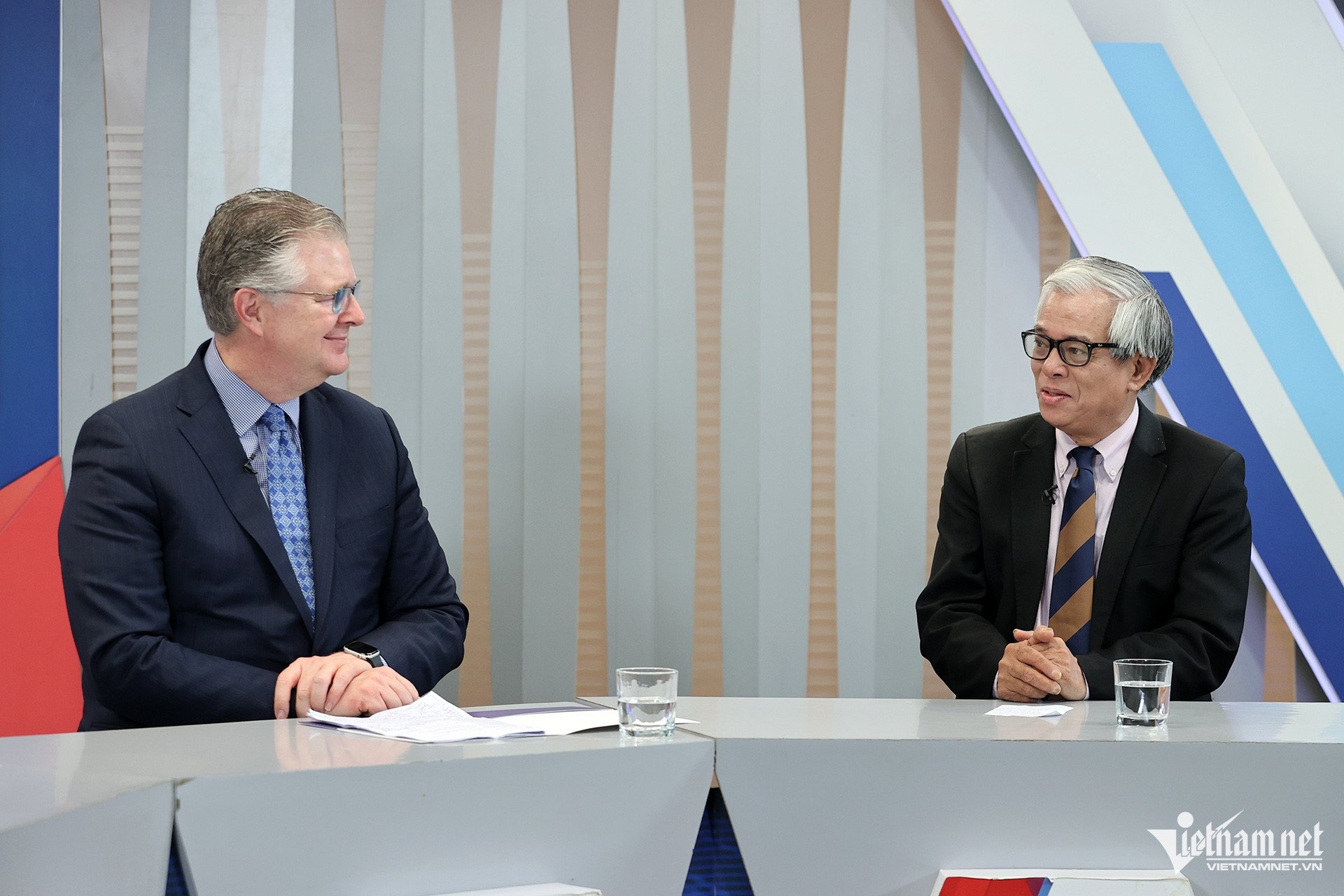
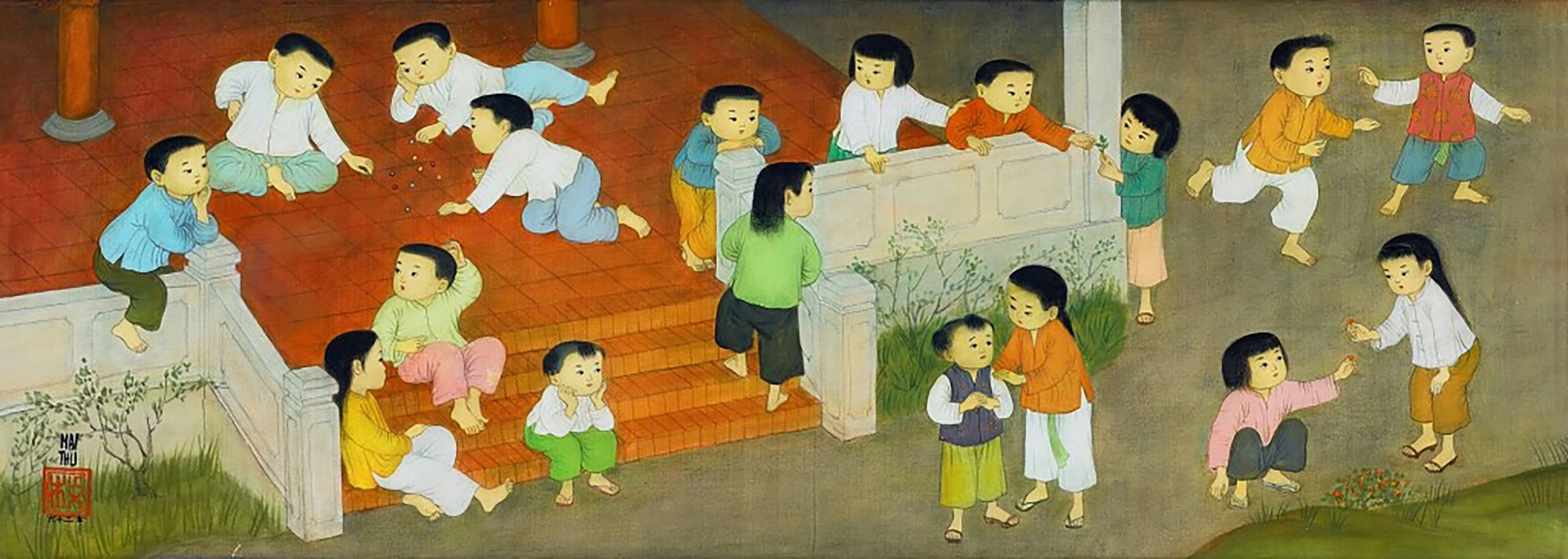
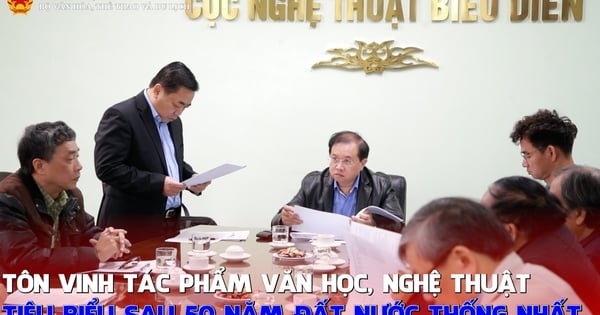

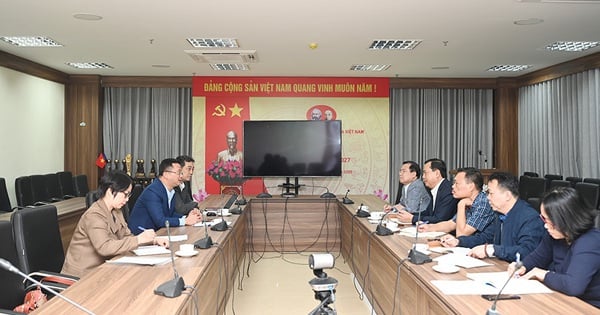
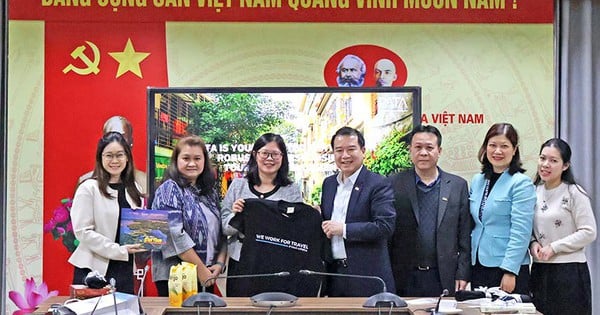



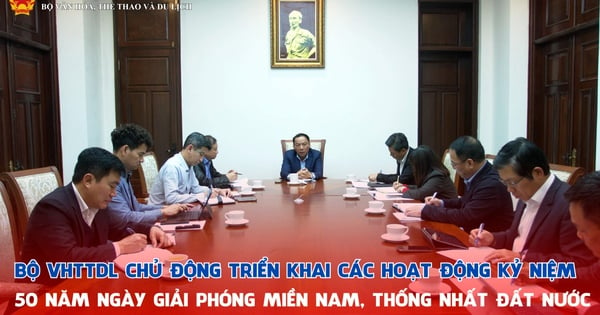
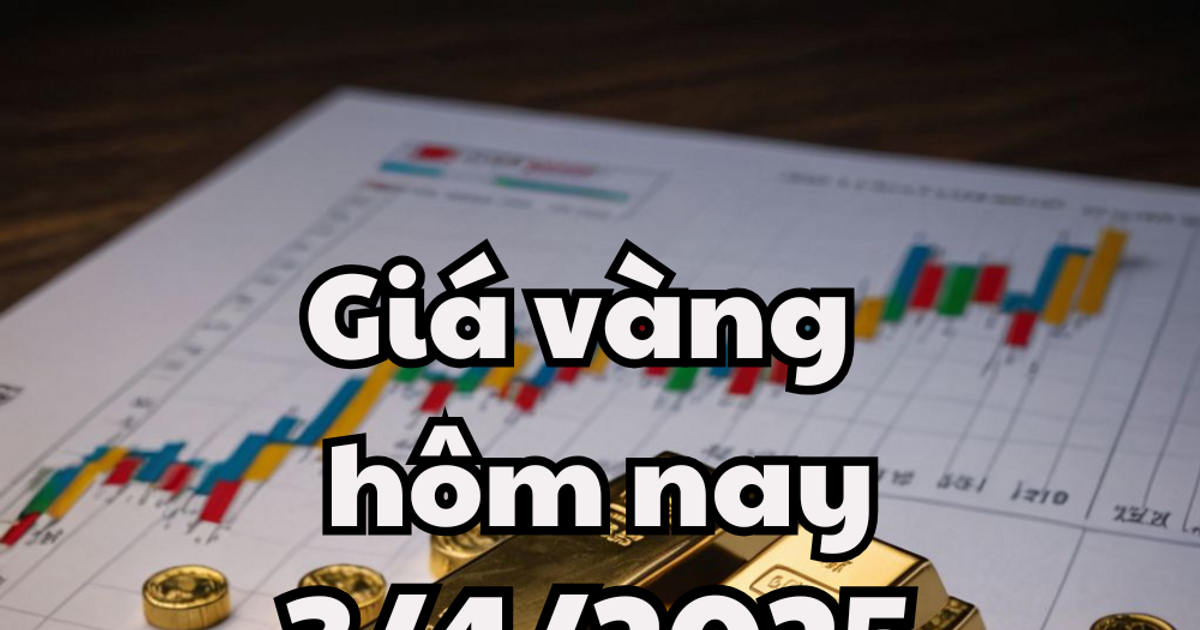

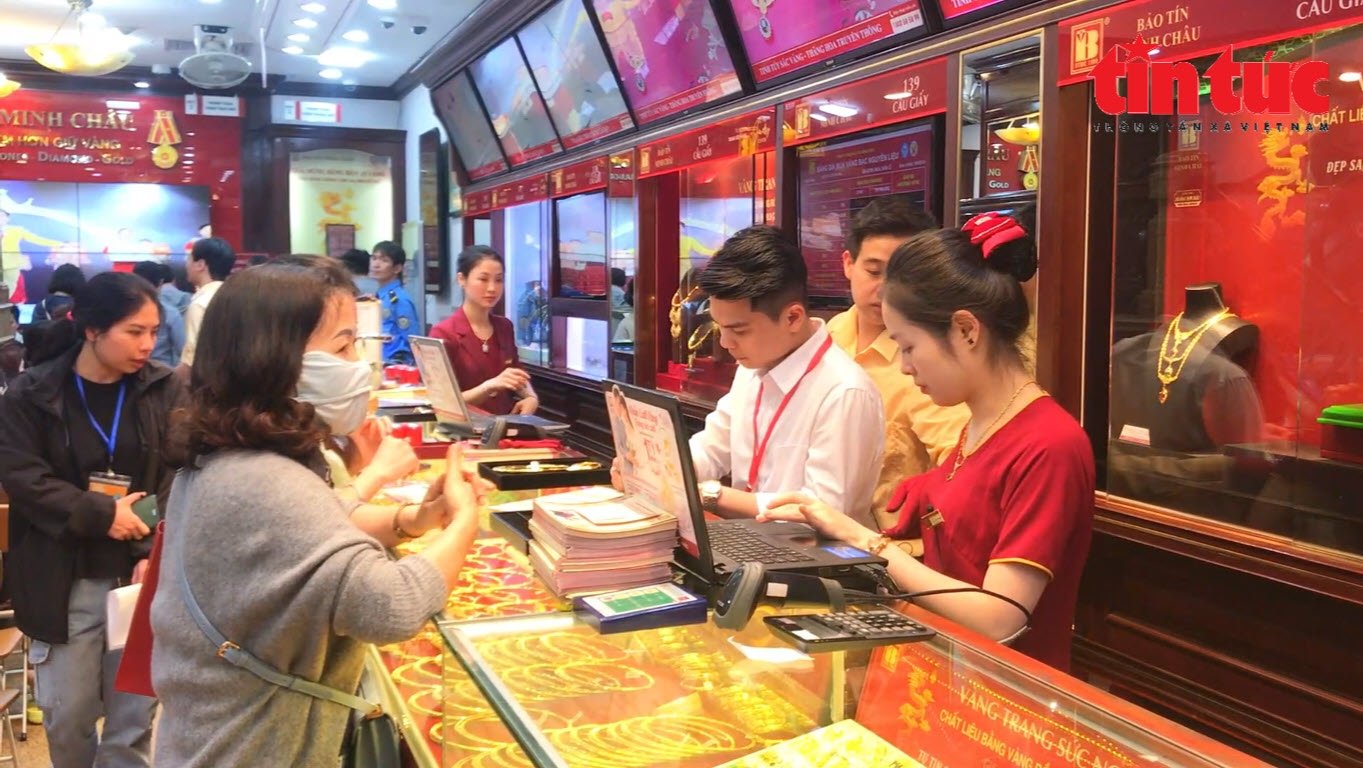















Comment (0)